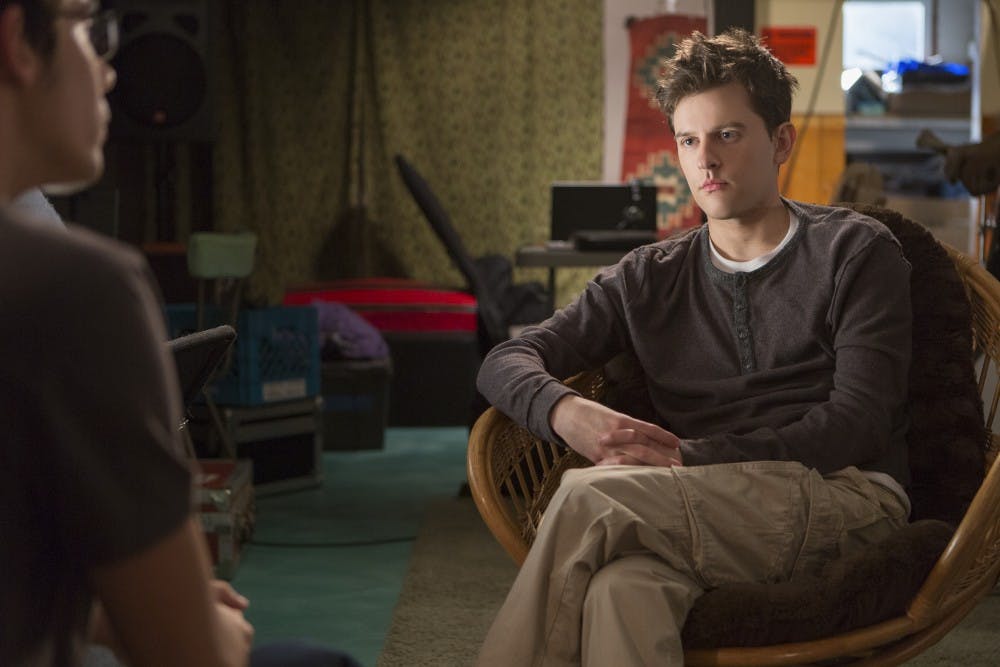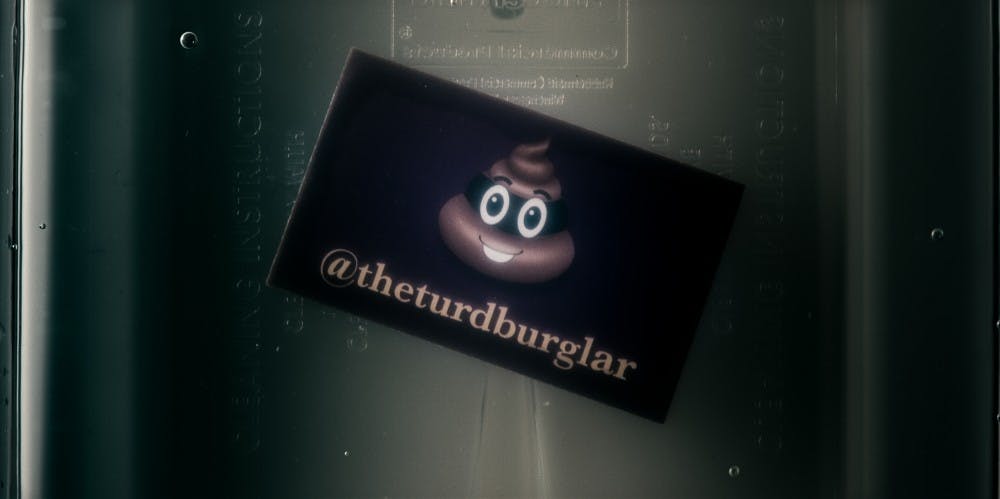The first season of American Vandal found tremendous success on a number of counts. Despite an unconventional premise, the mockumentary was well–received by audiences and critics. Following up a season focused on clearing the name of a “known dick drawer” in a high school vandalism scandal isn’t a particularly easy task, and potty humor doesn’t have a long shelf–life. However, in its second season, American Vandal swaps comedy for heart, and the result is another satisfying take on youth culture and the merciless dog–eat–dog world of high school.
Like its predecessor, American Vandal: Season Two is held together by the frankness of its narrator and his assistant, high school documentarians Peter Maldonado (Tyler Alvarez) and Sam Ecklund (Griffin Gluck). By approaching the ridiculousness of both the crime and the tumultuous nature of high school social life with a steady hand on the investigation, American Vandal is able to keep audiences engaged without falling into a gimmick. The central crime of the second season is a series of feces–related pranks, accredited to the self–proclaimed “Turd Burgler,” that eventually leads to a confession by a quirky outcast, Kevin McClain (Travis Tope). Peter and Sam are contacted by a childhood friend of Kevin’s who believes he is innocent, and the crime unravels with the same clever storytelling that made Season One such a standout. The twists and turns of the series are less disorienting in the second season, but still takes the audience on a ride through surprisingly complex conditions of the adolescent experience.

Courtesy of Netflix
If you were a fan of the first season, it doesn’t take long to recognize that American Vandal’s second chapter relies a lot less on raunchy sex comedy. Humor related to defecation simply doesn’t hit the same chords, and therefore isn’t exhausted in the same way as Season One’s abundance of dick jokes. Tope’s Kevin is more of a bizarre, uncomfortable character than Jimmy Tatro’s Dylan, the bumbling burnout fool that brought in a lot of Season One’s laughs. However, a smoother narrative and better–developed themes of isolation, communication, and privacy hold American Vandal: Season Two together.
Instead of a Southern California public school, Season Two sets at a prestigious Washington state Catholic school, St. Bernadine’s, with a country–leading basketball program. This paradigm ends up necessitating several conversations about race and class throughout the course of the show. The show’s approach, however, is very subtle, and racism and classism are never explicitly discussed. In some ways, this feels like a cop out—just because the show is satirical and held together by potty humor doesn’t mean it shouldn’t be responsible for carrying out the discussions it teases early on in the season. At the same time, American Vandal eschews a conversation about systemic social issues by allowing its central characters to describe their personal situations and experiences, tying up the loose ends that the show seems to abandon in the first couple episodes.

Courtesy of Netflix
In a very vulnerable moment toward the end of the season, basketball star DeMarcus Tillman (Melvin Gregg) mulls over his position as both a beloved athlete on a pedestal and a student who feels deep isolation as a working–class person of color at a rich, white school. This kind of narrative is one of several that are central to the effectiveness of Season Two, as they help ground American Vandal in a reality that is important to the viewers without straying too far from the ridiculous premise that makes the show what it is.
American Vandal is refreshing because it doesn’t take shortcuts in building a believable modern high school environment, which it can then fill with the lies, deception, and scandal that make the show so bingeable. Season Two succeeds because it stays true to the formula of its predecessor while managing to incorporate new elements. It trains a fresh eye on contemporary youth culture without developing into a cringefest, particularly in its approach to writing dynamic, sympathetic characters. Though it may not boast the sheer hilarity of American Vandal’s first season, the second chapter of this mockumentary series knows what it’s after, and by the end, it clearly deserves praise as a smart, self–aware snapshot of teen life in the digital age.

